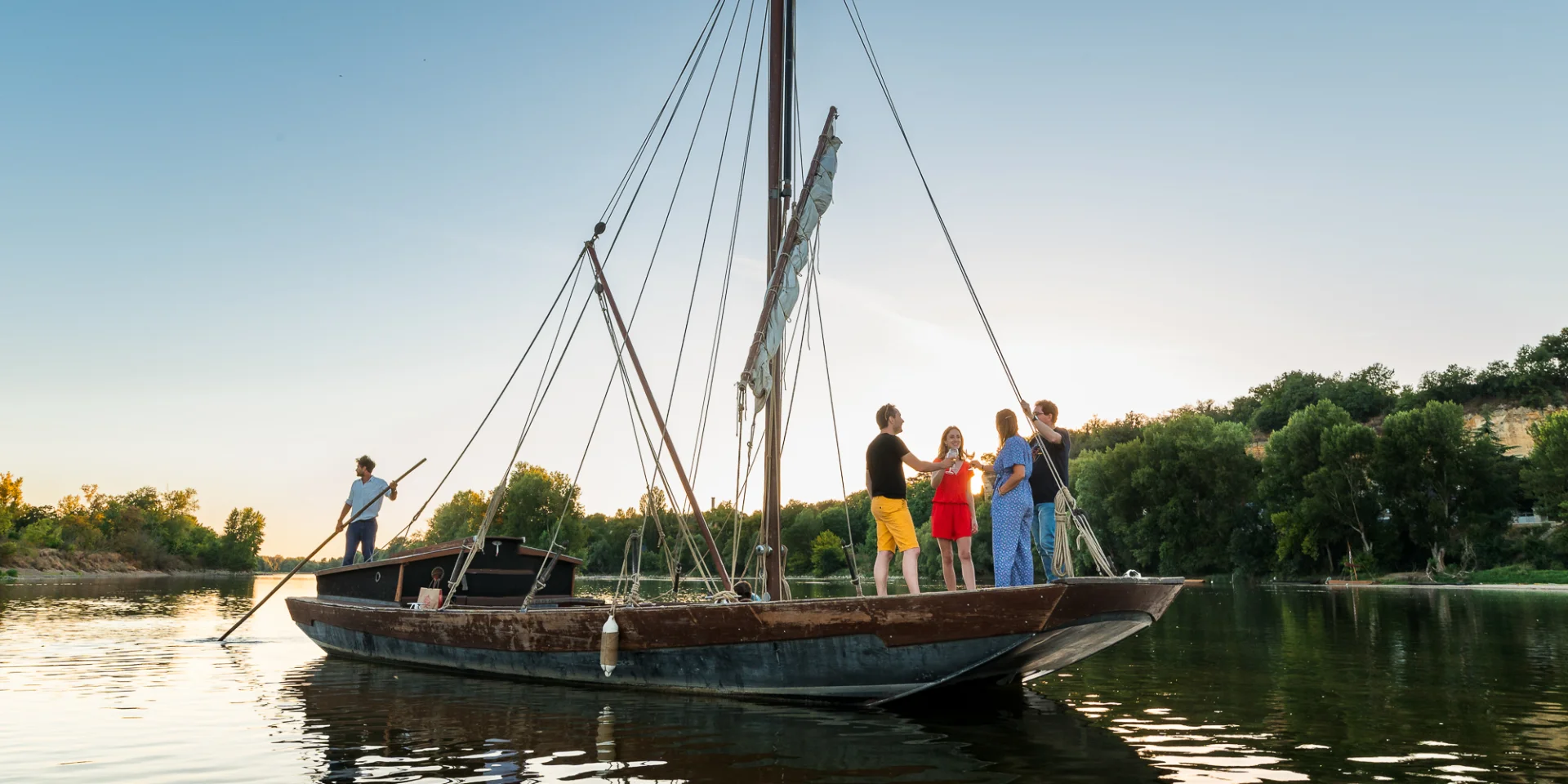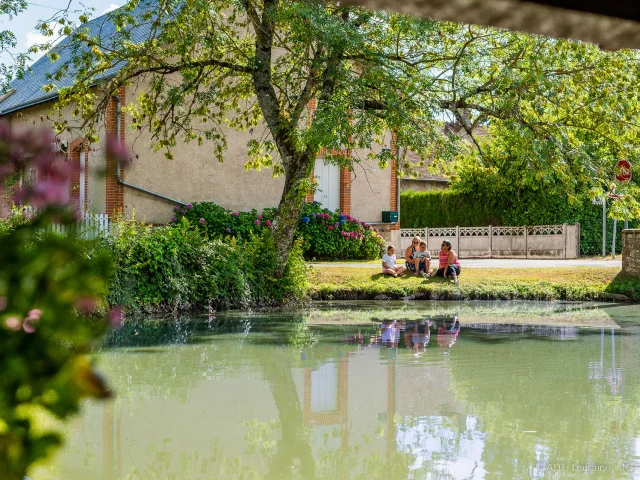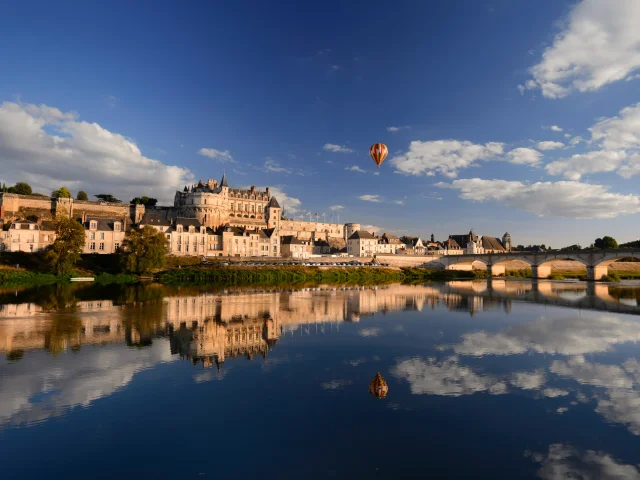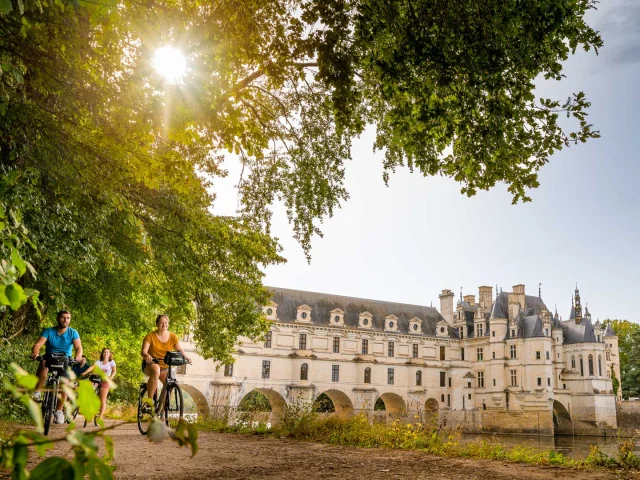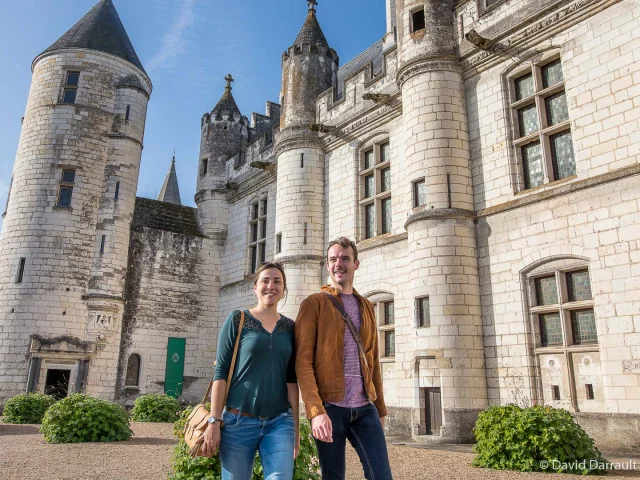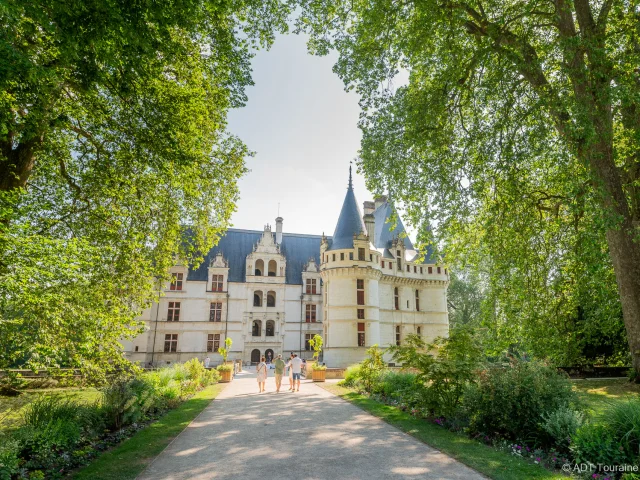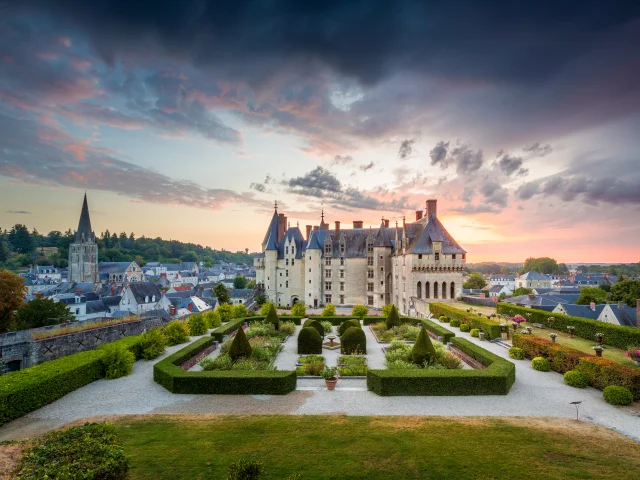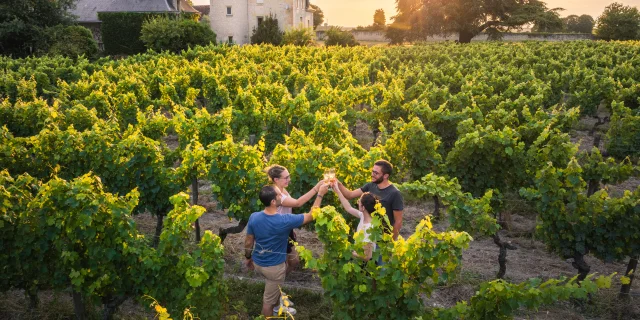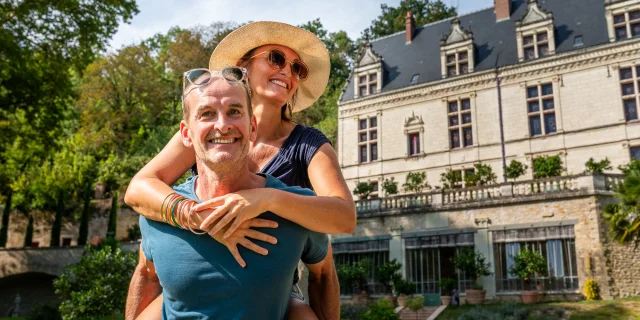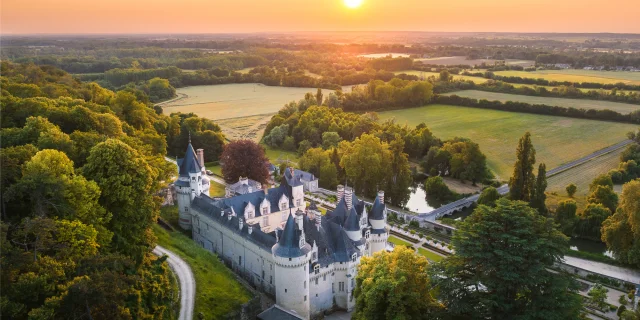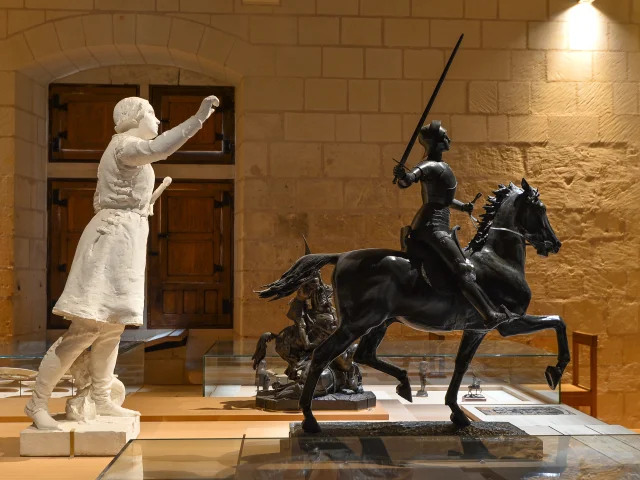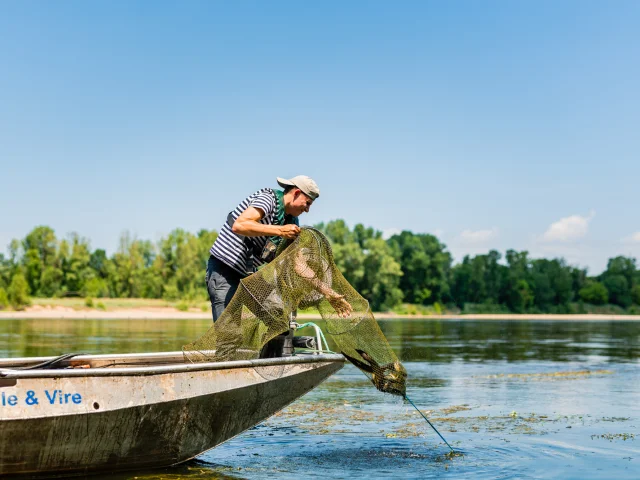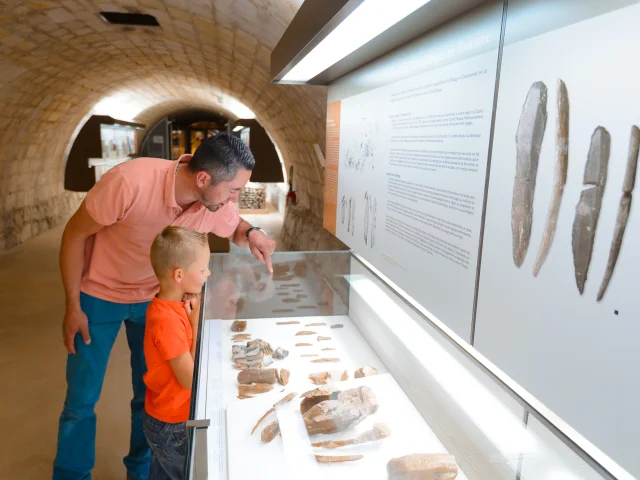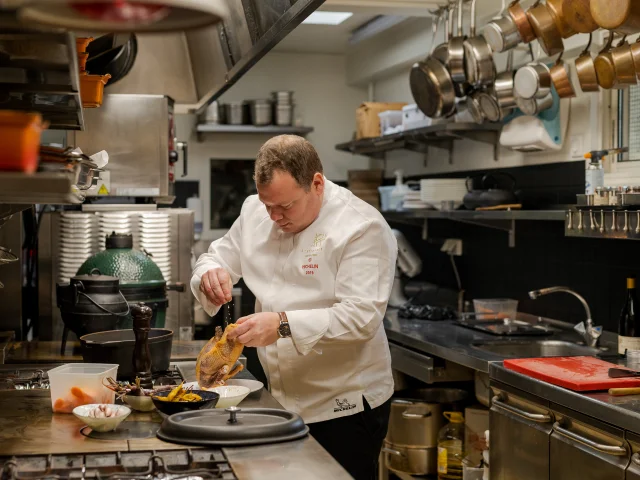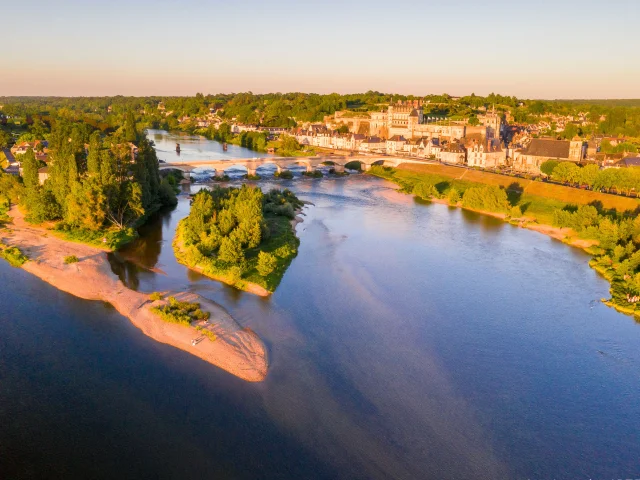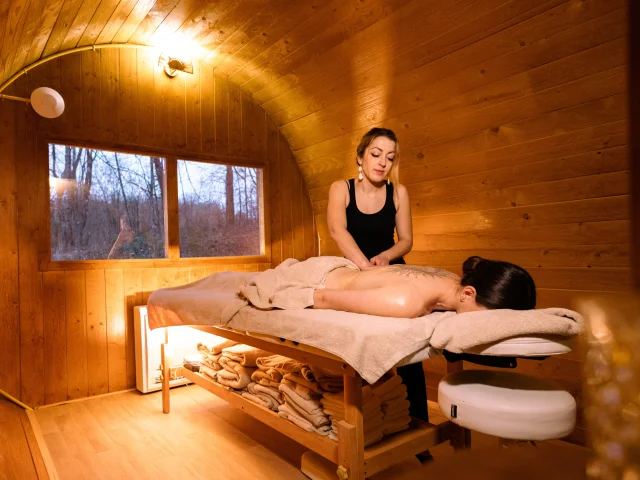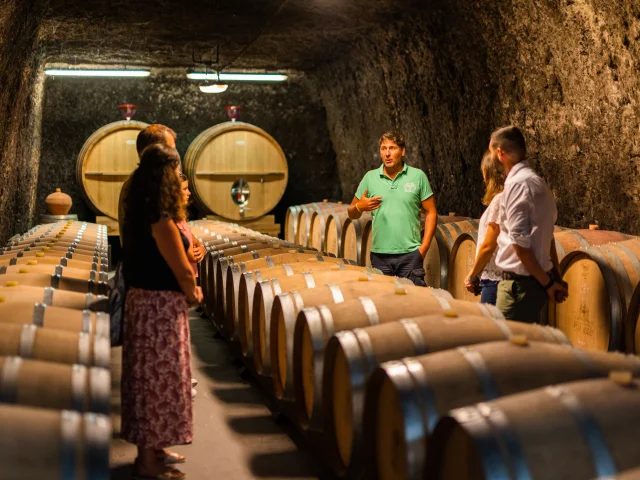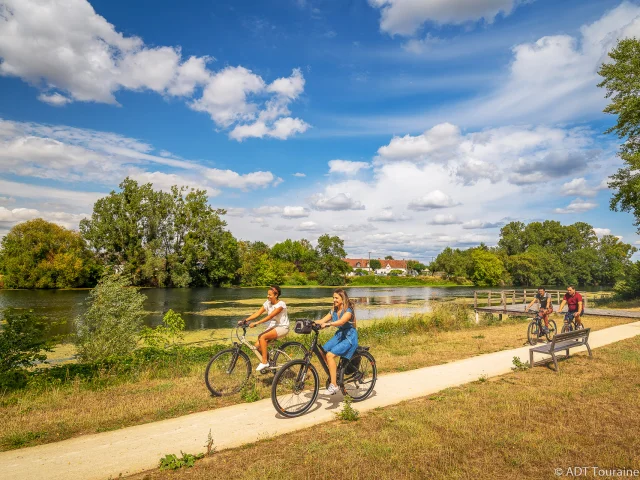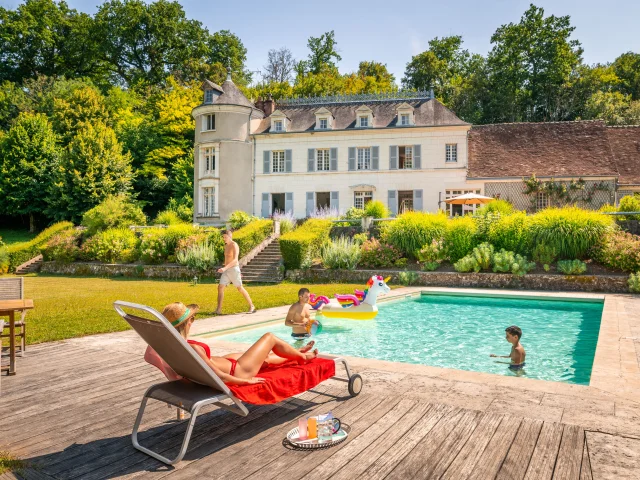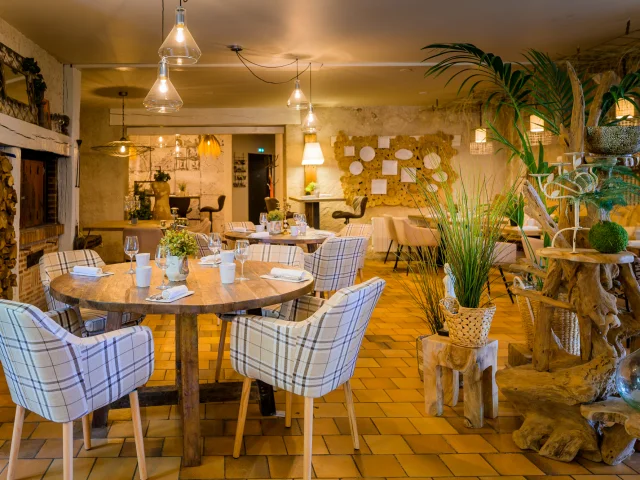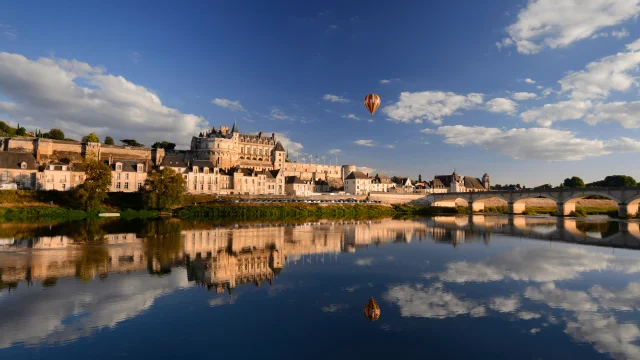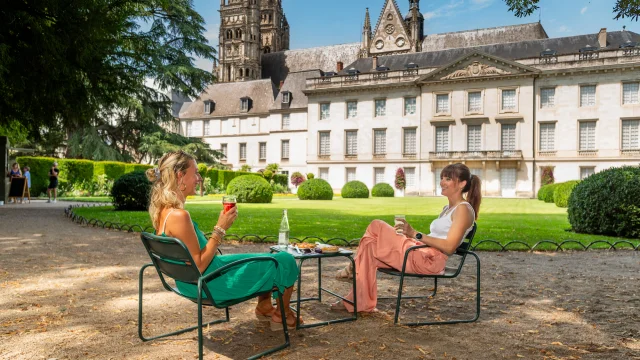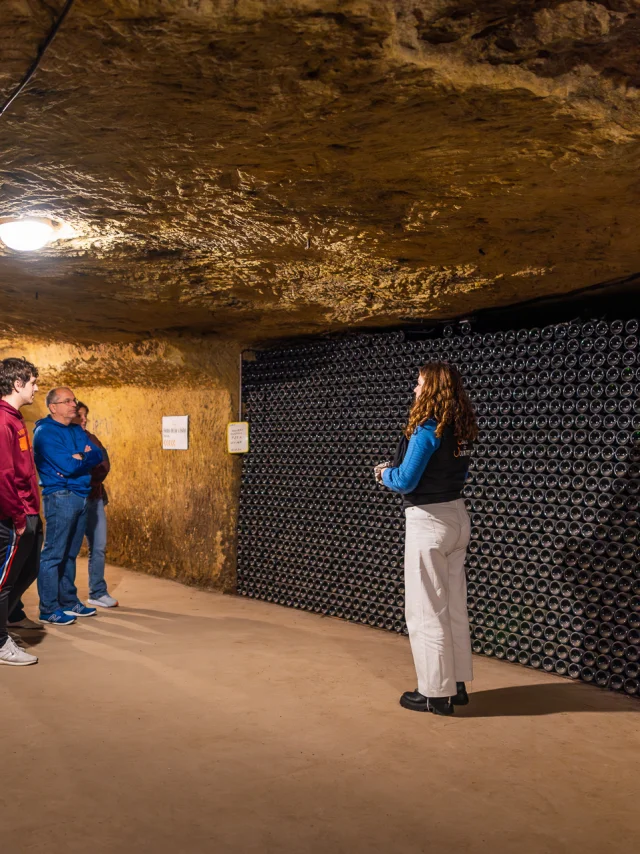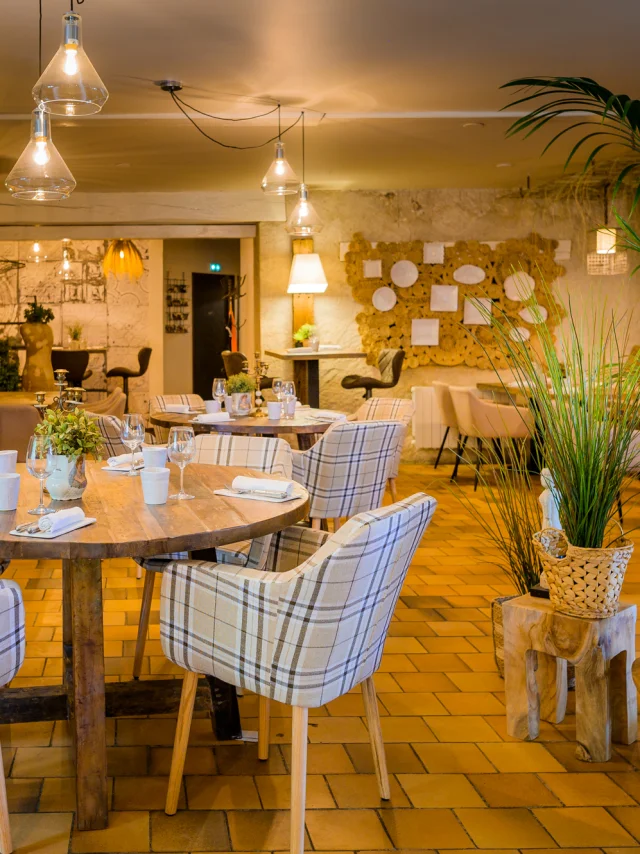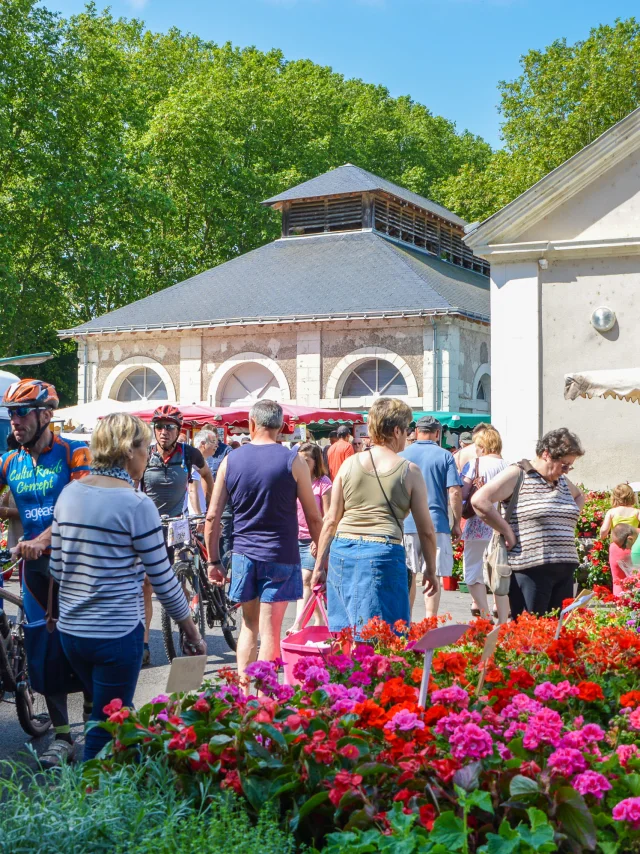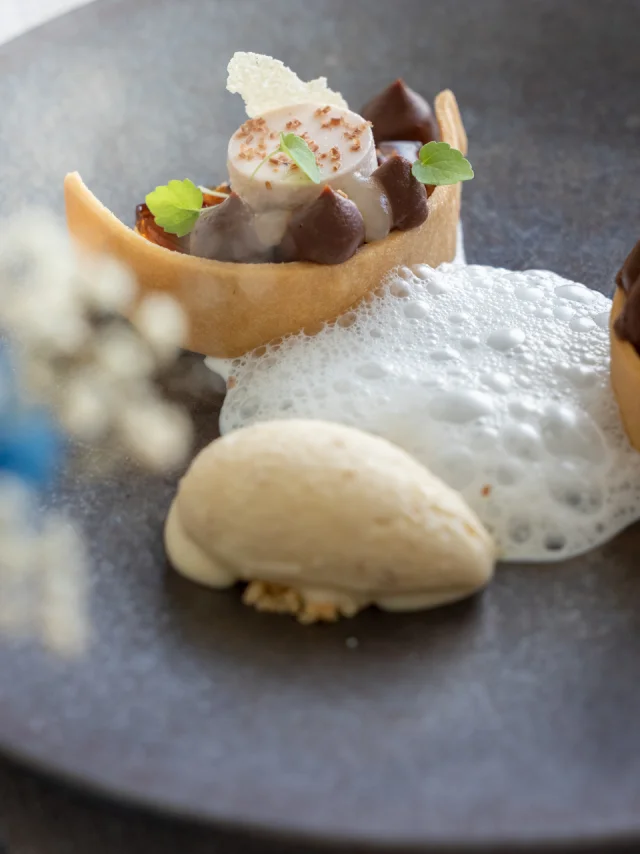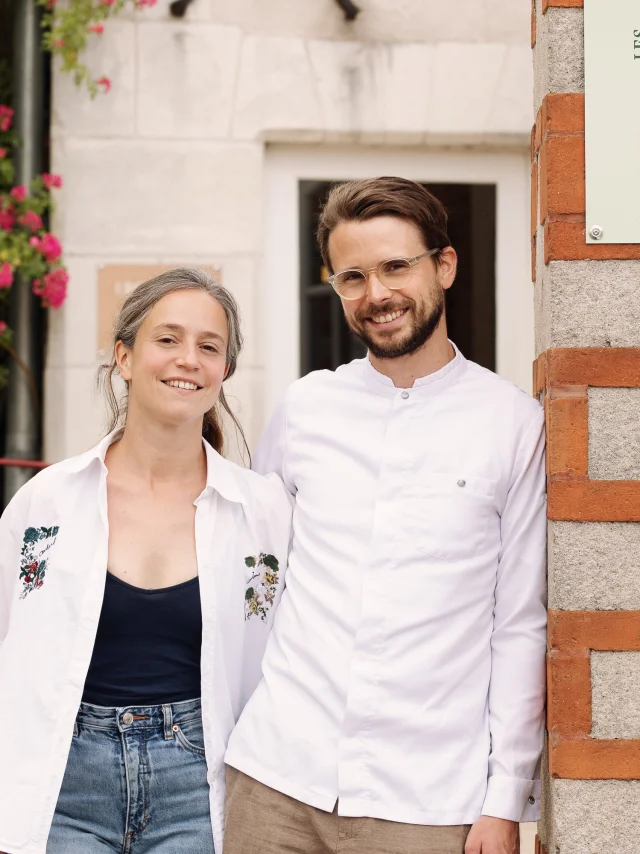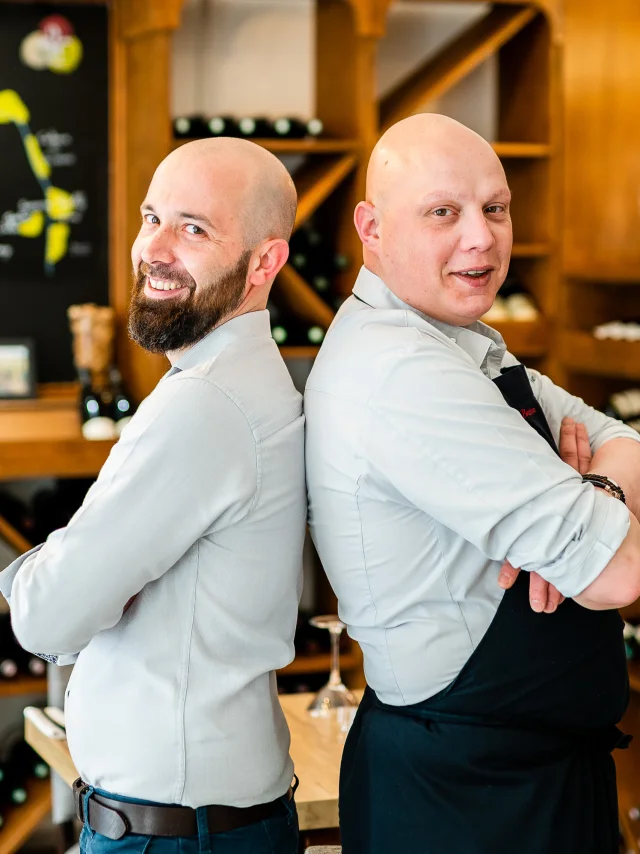A Gallic people, the Turones, also known as Turons or Turonians, saw Julius Caesar’s troops arrive on their lands, launched in their Gallic War. Incorporated into the Western Roman Empire until 486, they saw the arrival of Martin of Tours. Famous for sharing his cloak with a beggar, this former Roman legionary became a monk, Christianised the population, and became the 3rd bishop of Tours. His tomb can be found in the basilica of Saint Martin.
When the Franks defeated the Visigoths in 507, Clovis attributed the victory to the spirit of Saint Martin. He went on to give the city the right to mint coins, and to strengthen Tours’ influence as a pilgrimage city, following in the footsteps of Rome and Jerusalem. A few centuries later, the via Turonensis (from Tours) would also become one of the 4 historic routes for a new pilgrimage, to Santiago de Compostela.
Clovis’ conquest led to the creation of the county of Touraine, which was to be regularly occupied by the counts of Blois and Anjou (Thibaud le Tricheur, Foulques Nerra, Henri II, Richard de Coeur de Lion…), until King Philip Augustus of France won a decisive victory over John Lackland at the royal fortress of Chinon. Touraine then became part of the kingdom of France.
Thereafter, several kings succeeded each other on the French throne, until Charles VII, who set up the French court in Chinon from 1427 to 1429, where he met Jeanne d’Arc. In 1461, it was King Louis XI who chose to live in Tours. His son Charles VIII will himself reside at theroyal castle of Amboise, and will marry Anne of Brittany at the château of Langeais, sealing Brittany’s attachment to the kingdom. A contemporary of François Rabelais, François 1er was also closely linked to Amboise: in fact, he invited Léonard de Vinci, who would spend the last three years of his life at château du Clos Lucé.
The presence of the court of the kingdom of France in Touraine induced the construction of many châteaux during the Renaissance, such as Azay-le-Rideau, Villandry and La Bourdaisière. Given by Henry II to his mistress Diane de Poitiers, Chenonceau was taken over by the Queen Catherine de Médicis. Her son François II would spend his honeymoon with Mary Stuart not far from there, at Château Gaillard.
